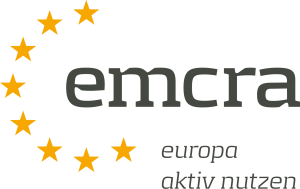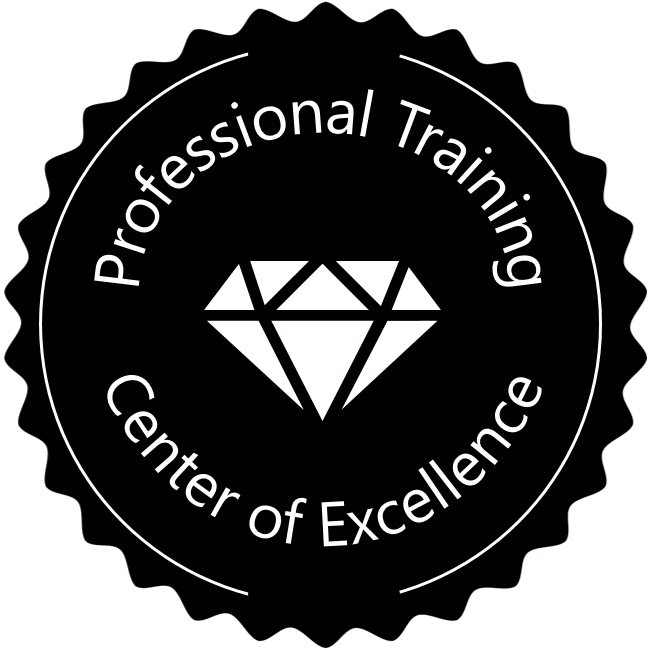01. Predictive Approach
This is a bundle of an accredited eLearning course and the official online exam (all fees included).
What is AgilePM®?
AgilePM is the name of a certification program about project management in Agile projects that are run with the Agile Business Consortium’s Agile Project Framework. This framework is an updated version of one of the oldest Agile systems, like XP, Crystal, and Scrum, and the people who created it was among those who created the Agile Manifesto.
The organizations behind AgilePM
The Agile Project Framework belongs to a not-for-profit called Agile Business Consortium (formerly, DSDM Consortium), and APMG is the administrator of its main certification programs. Candidates can learn the topic using eLearning courses, classroom courses, or self-study, and then buy the voucher for the online exam from training organizations like us.
Agile Project Framework certifications
The following are the certifications available for the Agile Project Framework:
- AgilePM® Foundation
- AgilePM® Practitioner
- AgileBA® Foundation (business analysis)
- AgilePgM® Foundation (program management)
- Agile Project Professional
- Agile Leader Advanced Practitioner
- Agile Project Trainer-Coach
- Agile Business Consultant
The most popular certificate among these, and the only one that we offer, is AgilePM Foundation.
Agile Project Framework vs. Scrum
Scrum was originally created for small projects, and that’s why there are so many scaling frameworks for it nowadays (e.g., Nexus, Scrum@Scale, Less, and SAFe). Agile Project Framework, on the other hand, was originally created for larger projects with multiple teams and more sophisticated needs.
In contrast to the Scrum framework, which is very minimalist, Agile Project Framework provides you with a lot of information on how to run the project and is a complete methodology.
Is it the right program for me?
If you’re new to Agile and don’t have a strong background in project management, it would be easier to start with Scrum, because it’s much simpler. However, if you’re already familiar with Scrum and want to widen your understanding of Agile or find ways to use Agile in larger projects, or if you have a firm background in project management and prefer a methodology that you can relate to, AgilePM would be a great option.
How can I learn more about AgilePM Foundation before making my decision?
You can start taking our eLearning course and see if the topic is interesting to you. The first 30% of the course is free.
This AgilePM Foundation eLearning Course
This eLearning course is accredited by APMG (the examination institute responsible for the AgilePM certification program) and is aligned with the latest version of the Agile Project Framework.
The course is equivalent to a 3-day classroom course (21 PDUs) and consists of 79 lessons. The lessons are kept short and relatively independent, so that busy professionals can easily take and finish the course with as little time as 15 minutes per day. Regardless, it’s self-paced, and you can decide how quickly or slowly you want to take the course without putting too much pressure on yourself.
Besides the main lessons, there are many quizzes in the course, as well as Integrated Flashcards, and a number of educational games. There’s also one sample exam at the end of the course.
In short, the course provides everything you need to learn the topic and prepare for the exam. The first 30% of the course is free, and you can take it and see if it meets your needs before finalizing your decision.
The course is delivered in three iterations. Each iteration covers the whole scope, each time from a new angle and with relatively more detail (this is also Agile Project Framework’s approach in building products too). This makes it easier for you to absorb the content and get the big picture, instead of being bombarded by a lot of detail in a linear course.
This is the list of lessons:
- Iteration 1
- 01. Predictive Approach
- 02. Adaptive Approach
- 03. Incremental Delivery
- 04. Iterative Development
- 05. Quality
- 06. Collaboration
- 07. Communication
- 08. Business Need
- 09. Fixed Duration Projects
- 10. Control
- Iteration 2
- 11. The Process
- 12. Configuring the Process
- 13. Roles and Responsibilities
- 14. Products and Documents
- 15. Facilitated Workshops
- 16. Planning
- 17. Timeboxing
- 18. Planning Responsibilities
- 19. MoSCoW Prioritization Horizons
- 20. MoSCoW Prioritization Dependencies
- 21. Daily Standups
- 22. Testing
- 23. Tracking and Control
- 24. Requirements
- 25. Estimating
- 26. Modelling
- Iteration 3
- 27. The Agile Manifesto
- 28. The Benefits of Using DSDM
- 29. Principles
- 30. Focus on the Business Need
- 31. Deliver on Time
- 32. Collaborate
- 33. Never Compromise Quality
- 34. Build Incrementally
- 35. Develop Iteratively
- 36. Communicate Continuously and Clearly
- 37. Demonstrate Control
- 38. Roles and Responsibilities
- 39. The Business Sponsor
- 40. The Business Visionary
- 41. The Business Ambassador
- 42. The Business Advisor
- 43. The Business Analyst
- 44. The Technical Coordinator
- 45. The Solution Developer
- 46. The Solution Tester
- 47. The Technical Advisor
- 48. The Project Manager
- 49. The Team Leader
- 50. The Workshop Facilitator
- 51. The DSDM Coach
- 52. Playtime: Roles and Responsibilities
- 53. Products
- 54. The Terms of Reference
- 55. The Business Case
- 56. The Prioritized Requirements List
- 57. The Benefits Assessment
- 58. The Solution Architecture Definition
- 59. The Development Approach Definition
- 60. The Solution
- 61. The Management Approach Definition
- 62. The Delivery Plan
- 63. The Feasibility Assessment and the Foundations Summary
- 64. The Timebox Plan
- 65. The Timebox Review Record
- 66. The Project Review Report
- 67. Playtime: Products
- 68. The Process
- 69. Pre-Project
- 70. Feasibility
- 71. Foundations
- 72. Evolutionary Development
- 73. Deployment
- 74. Post-Project
- 75. Playtime: Process
- Exam Preparation
- 76. The Certification
- 77. Sample Questions
- 78. Sample Exam
- 79. Sample Exam Feedback
Welcome to the course!
DSDM Consortium is now called Agile Business Consortium. This course is based on Agile Business Consortium’s Agile Project Framework.
In some projects, the expectations identified in the beginning are not reliable. If we create the product based on them, the result won't satisfy the customer. How can we solve this problem?
That's the question we'll talk about in the next lesson.
You can continue with the lessons by clicking on the “Next” button above, or you can sign up now, to make sure your progress is saved, and to be able to buy/activate your course:

